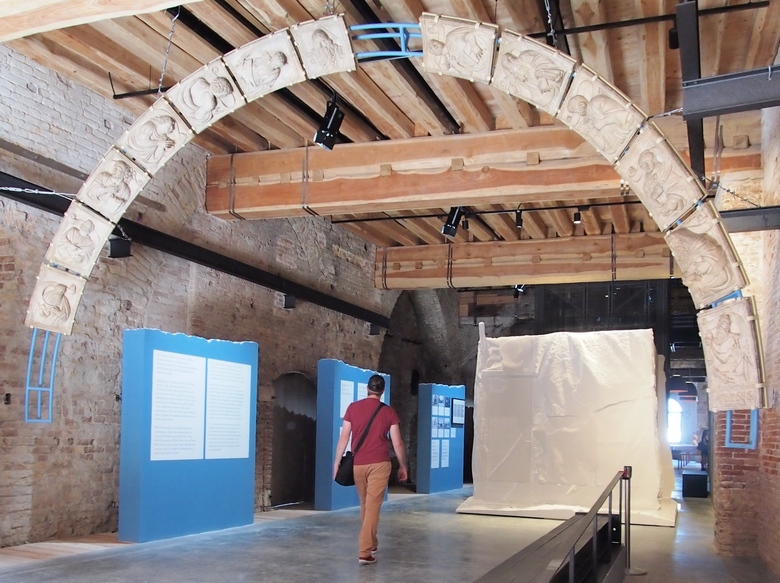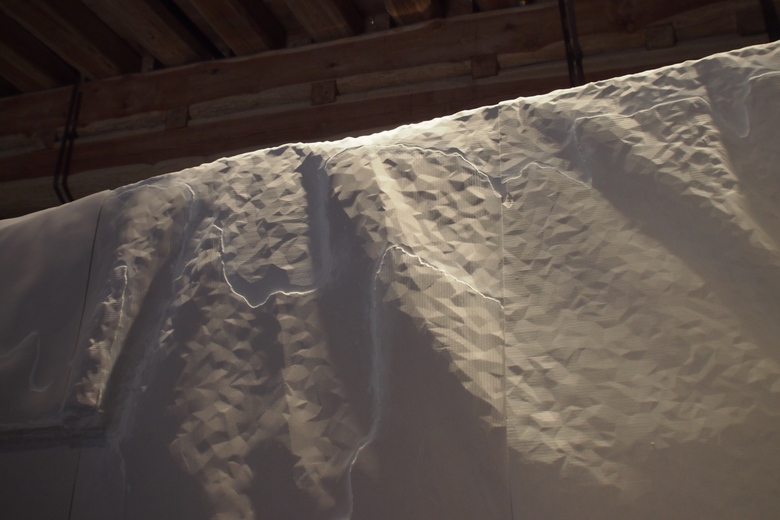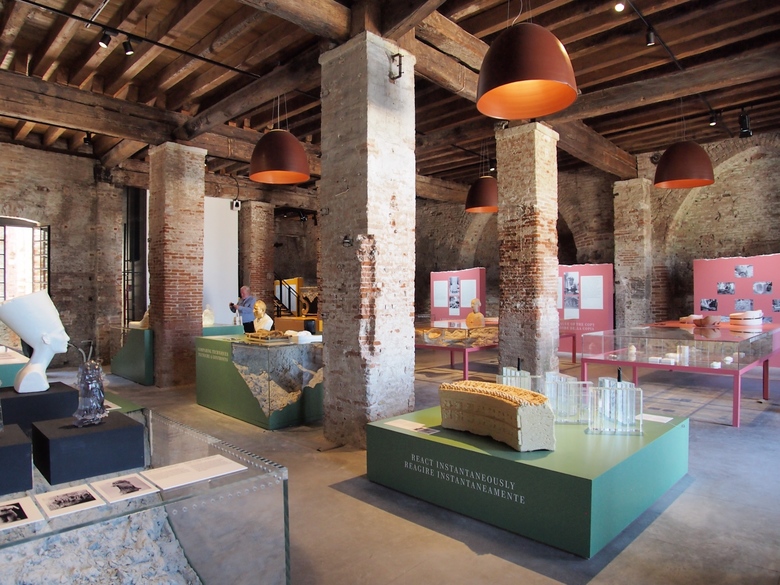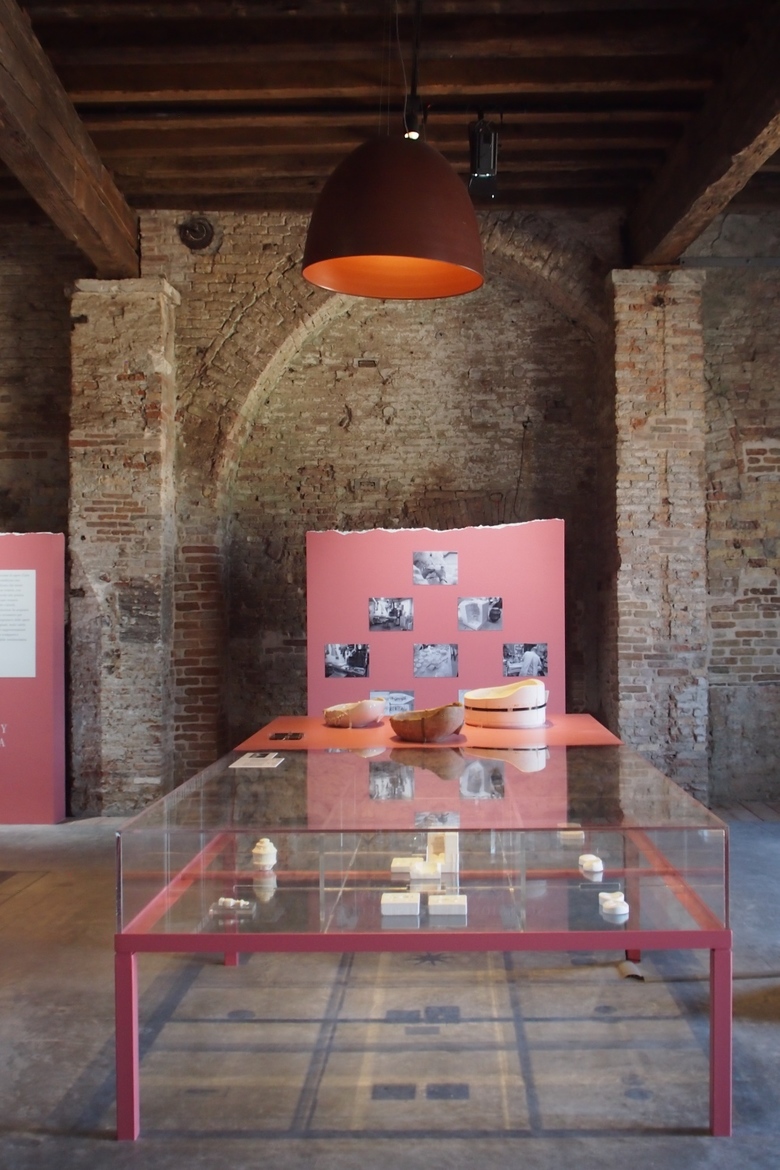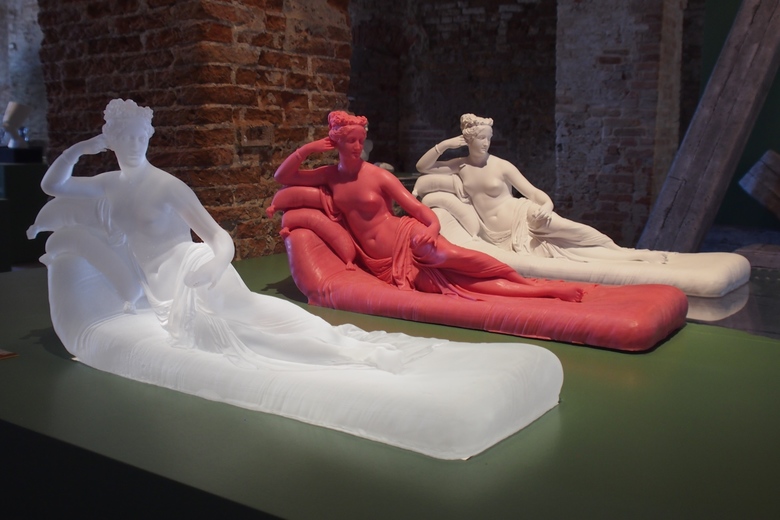A World of Fragile Parts
For the first time the Venice Architecture Biennale includes three Special Projects, one focused on applied arts. A World of Fragile Parts, curated by Brendan Cormier of London's Victoria and Albert Museum, explores the production of copies in the 21st century.
The exhibition coincides roughly with the 150th anniversary of V&A founding director Sir Henry Cole's "Convention for Promoting Universally Reproductions of Works of Art for the Benefit of Museums of all Countries," which extolled the virtues of copies as educational tools. The document was penned at a time when casts, electrotypes and photographs were the means of copying, but today's computer technologies – digital scanning and fabrication, in particular – allow more precise reproductions of various objects threatened by time, warfare, ecological distasters, and other means of destruction.
Cormier's collection of reproductions looks like it's just that at first glance, but digging below the surfaces reveals many unexpected objects and processes. Through the triumphal arch at the entrance, for instance, sits a cubic mass that is in fact a digital scan and stone print by Sam Jacob Studio of a refugee shelter, which elevates an ephemeral piece of hardship to the level of historical works of art. Other participants tackle even more fleeting occurences, such as David Gissen's "preservation" of leaks through the capture and digital manipulation of the sounds of drips in various spaces, and Andreas Angelidakis's models of virtual environments in Second Life.
With the increased destruction of historic constructions, combined with the precision and immersive nature of digital technologies, do copies become more important than the originals? That is one of the numerous questions this timely and important exhibition tackles.
